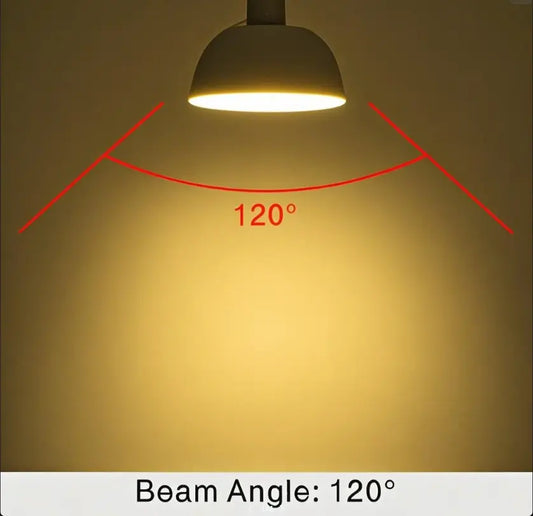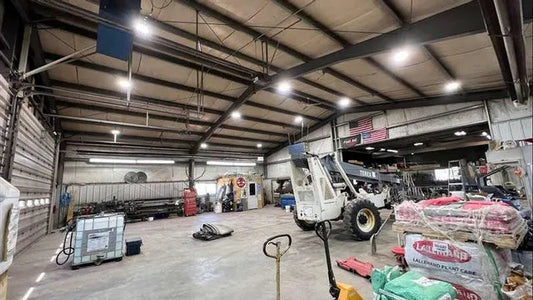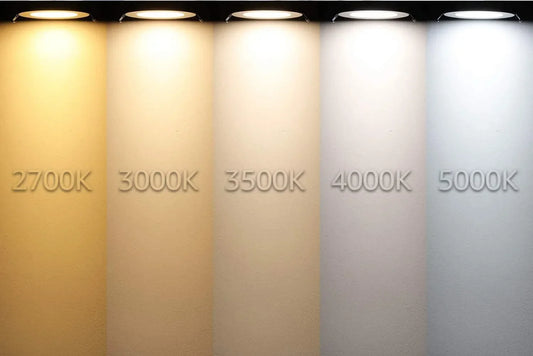What does 120 degree beam angle mean?
When shopping for LED lighting, you might notice terms like 120 degree beam angle. But what does beam angle mean, and why does it matter? For homeowners, DIY enthusiasts, and lighting buyers in the U.S., understanding light distribution is key to choosing the right fixture for your space. A 120 degree beam angle describes...
GGJIA Professional LED Lighting Solutions: Expanded Technical Specifications & Applications
GGJIA Professional LED Lighting Solutions: Expanded Technical Specifications & Applications Core 5A Advantages Across All Product Lines Adaptive Brightness (6,000–60,000 lumens) Anti-Glare Optics (UGR ≤19, 120°–270° beam angles) IP65 Weatherproofing (Dustproof, waterproof, -40°F to 122°F operation) 5-Year Warranty + 50,000–100,000-hour lifespan Smart-Ready Controls (0-10V/DALI/PIR motion sensors) Product Categories: In-Depth Breakdown 1. High Bay UFO Lights Power Range: 100W–400W Lumen...
How many watts is 15000 lumen?
When installing a new light fixture, it’s crucial to match the brightness of the original light to ensure consistency. However, this raises the question: How do we convert lumens to watts? This conversion is essential for selecting the right replacement and understanding the relationship between brightness and power. Watt vs Lumen The process of...
Incoming color temperature
What's Kelvin? Color temperature is a unit of measurement that indicates the color component of a light. Theoretically, blackbody temperature refers to the color of the absolute blackbody after heating from absolute zero (-273 ° C). After the black body is heated, it gradually turns from black to red, yellow, white, and finally emits blue...










